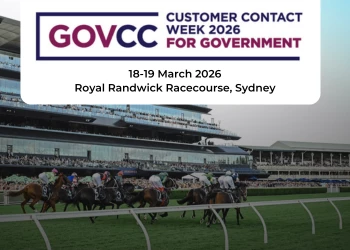Measuring Customer Feedback and Agent Performance
Add bookmarkThe sheer volume of metrics available for measuring customer feedback means that companies must make a difficult decision as to which they will place the most emphasis on.
Figures from the Listen and Learn: How your customer feedback can build your business report published by Verint consulting show that 80 percent of firms currently use surveys as a way of assessing customer feedback and 59 percent rely on agent feedback.
A paper recently published in Planning Forum News suggested that businesses will soon begin moving from "easy-to-measure" metrics such as average handle time (ATC) and defection rates to targets that are "built around customers and their needs."
Using this customer centric approach is believed to yield higher quality and more accurate data, which will in turn increase productivity from the agents and customer satisfaction.
Paul Smedley, executive director of the Professional Planning Forum, explained that many of those nominated for the organisation's innovation awards in 2010 put the customer at the centre of their operations.
"They've done this by understanding what the customer really needs and they've stripped out the cost of other things that were just getting in the way. For the first time we can see that a real end-to-end customer contact operation is beginning to emerge," he said.
Customer Feedback in the 21st Century
Colin Whelan, also of the Professional Planning Forum, explained: "Businesses are moving away from empirical datasets and focusing instead of sensory – quality-based – datasets.
Whelan said: "It's a new way of doing things that, in my opinion, will just grow and grow."
Using the mobile phone network Orange as an example, the paper highlighted how asking customers for their opinions on service improvements could increase performance.
By using a survey tool which asked customers to immediately assess their experience, regardless of their communications channel, the company was able to increase the performance of agents by 16 percent.
F&C investments and Prolog were also highlighted as examples of good practice in the paper by the Professional Planning Forum, an independent body for the contact centre industry. Both companies were said to have used collaboration to set benchmarks for agent performance and coach staff through the process.
Prolog managed to increase quality gains by 6.1 percent and 10.9 percent on two different occasions.
Whelan explained: "They aren't doing it on a whim; they aren't undertaking more rigorous, customer-oriented quality assessment because it's the "flavour of the month" but rather this is 21st century operational measurement."
Improving Agent Performance
Speech analytics is playing a role in improving this quality of feedback by allowing for more reliable and better quality analysis of interactions.
Paul Smedley, executive director at the Professional Planning Forum, explained to the organisation's news letter that while speech analytics play a role in increasing operational performance, such as ATC, they can also be used to aid individual agents with the quality of their calls.
"Historically, agent performance has been managed through a quality monitoring team listening to a tiny percentage of calls: usually four or five per agent, per month, based on a random sample.
"But with speech analytics – if it's applied in a focused way – you can play specific calls back to agents to evidence where a problem lies," Smedley explained.
Using the outsourcer Ventura as an example, Smedley highlighted that such techniques had managed to produce a ten point increase in quality.
UK insurance giant RSA has also been using technology to improve the quality of its customer feedback, by employing online tools to monitor attitudes, opinions and preferences. The company said that by using this to enhance its customer feedback processes it managed to receive a 15 percent boost in satisfaction.




















